Remember when the world seemed quieter yet somehow fuller of meaningful sounds? Before digital beeps and notification pings took over our sonic landscape, childhood was marked by a distinctive soundtrack—authentic, mechanical, and deeply connected to the physical world around us. These weren’t just noises; they were the audio markers of moments that shaped our understanding of home, community, and the simple joys of growing up in America during simpler times.
1. The Clink-Clank of Metal Skates on Sidewalks

Those adjustable metal skates that strapped onto your regular shoes announced your approach from blocks away with their distinctive metallic rhythm. The sound changed with your speed and skill level—beginners produced hesitant, uneven clinks while experienced skaters created a flowing, confident cadence that echoed through neighborhood streets. Summer afternoons were measured in the percussive soundtrack of kids rolling past houses, the sound fading and growing as they navigated the block’s geography. ELLE has tracked rollerblading’s popularity and the comeback it’s in for.
The metal-on-concrete symphony wasn’t just noise but communication—you could identify friends by their skating patterns without seeing them, and parents tracked children’s whereabouts by the familiar sound moving around nearby streets. When skates needed tightening, the loose, rattling quality of each step served as both warning system and mechanical diagnostic, a built-in safety feature that modern plastic wheels with rubber stoppers can’t replicate. Those metal skates left their mark both physically—in countless skinned knees—and sonically, in the collective memory of neighborhood soundscapes now replaced by the comparative whisper of rollerblades and scooters.
2. The Static Crackle of an AM Radio
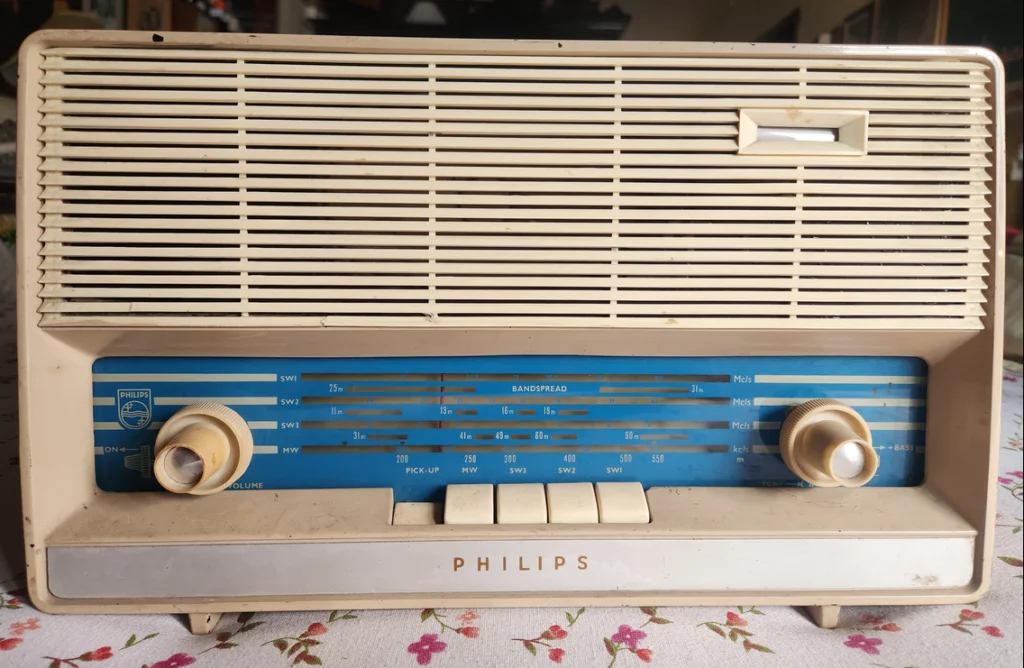
Before digital tuning and satellite signals, finding your favorite station was an art form requiring patience and a delicate touch on the dial. That distinctive electrical fuzz between stations wasn’t just interference—it was the sound of possibility, of worlds beyond your neighborhood waiting to be discovered through invisible airwaves. Your connection to music, baseball games, and news came wrapped in that ambient static that somehow made the clear moments of reception all the more magical. As described by PBS, the history of the radio is as fascinating as the impact it had and continues to have on the country.
The AM radio was often the household’s focal point during evening hours, gathering family members around its glowing dial like a modern campfire. Those scratchy transmissions brought distant cities into rural kitchens, late-night talk shows into teenage bedrooms, and breaking news into everyday moments with an immediacy that felt personal despite the technology’s limitations. Long before streaming services offered crystal-clear sound anywhere, anytime, we adjusted antennas and repositioned radios with religious dedication, knowing that sometimes the most important messages came through static, making the effort to listen all the more rewarding.
3. The Clickety-Clack of a Pushed Lawn Mower
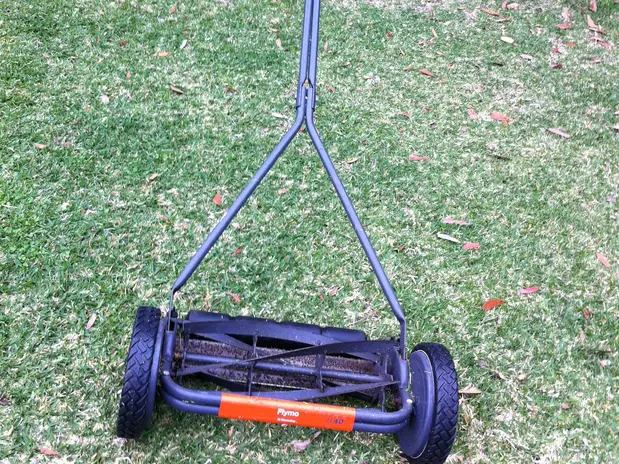
Saturday mornings announced themselves through the neighborhood orchestra of manual and early power mowers tackling weekly lawn maintenance with distinctive mechanical voices. Push mowers with their spinning blades created a satisfying whirring clickety-clack that varied with the thickness of grass and speed of the person pushing—a sound directly connected to human effort and completely free of fossil fuels. The rhythm would occasionally stop for the operator to clear a stick or adjust height, then resume its steady cadence of weekend responsibility. Whirltronics notes that there are some surprisingly fascinating facts to unveil about this simplest of moiwng devices.
The sound traveled differently than today’s gas-powered engines, creating a gentler soundscape that allowed conversations to continue across yards and birds to keep singing undisturbed. When one neighbor finished mowing, another would often begin, creating a rolling symphony of lawn maintenance that might last all day but never reached the collective decibel level of modern equipment. The physical effort required meant younger children couldn’t participate, making the sound not just maintenance but a marker of growing up—the day you were finally strong enough to push the family mower was a neighborhood rite of passage announced through sound rather than ceremony.
4. The Clinking Bottles of the Milkman’s Delivery
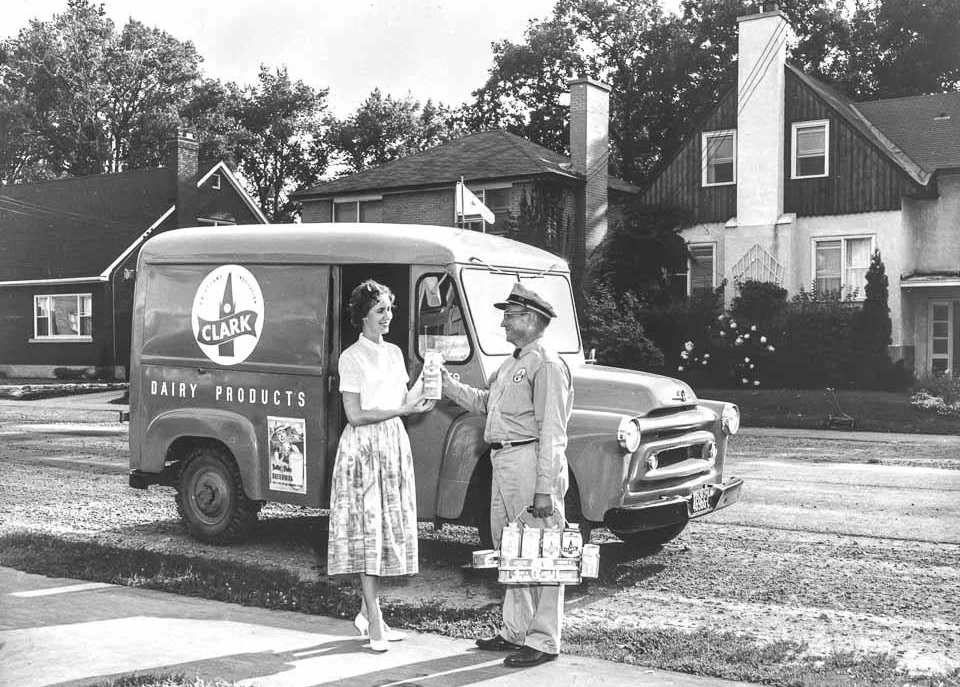
Dawn hadn’t properly broken when that gentle symphony of glass against glass announced fresh dairy had arrived on your doorstep. The milkman’s early rounds brought not just sustenance but a reassuring continuity to neighborhood life—the same truck, the same route, the same distinctive sound of bottles being exchanged. Those glass containers weren’t just practical but musical, their contents keeping rhythm with each careful step from truck to porch.
Leaving empty bottles out with notes requesting extra butter or chocolate milk created a conversation of commerce without words or face-to-face interaction. The system operated on trust and routine, with payments often left in envelopes or added to monthly accounts, the whole arrangement punctuated by that delicate clinking sound that meant breakfast was taken care of. Modern plastic jugs from supermarkets deliver the same product without the ceremonial soundtrack that once marked mornings across America, replacing musical glass with the silent convenience of weekly shopping trips.
5. The Scratch and Pop of Vinyl Records
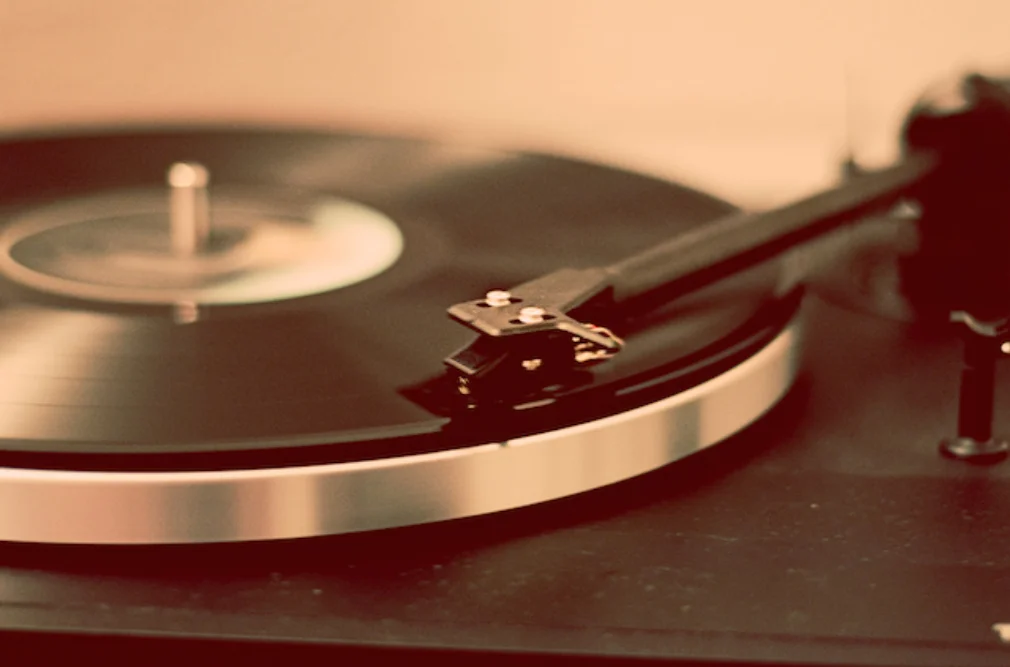
Before playlists and streaming, music came with its own textured soundscape—the initial scratch of needle finding groove, the occasional pop of dust particles, the warm analog sound that embraced imperfection. Each album required a ritual: careful removal from sleeve, placement on turntable, gentle lowering of the needle, and that breathless moment of anticipation before the first notes emerged. The physical connection between object and sound made music something you could literally touch, hold, and see spinning before your eyes.
Records demanded respect and proper handling—fingerprints on the grooves meant permanent distortion, and a careless bump to the player could scratch your favorite song forever. The limited playing time meant music came in carefully curated side-long experiences rather than endless autoplay, creating intentional listening experiences with natural intermissions to flip the disc. When a favorite record developed a skip or recurring pop, it became part of the song itself in your memory, those imperfections as familiar and expected as the chorus or guitar solo.
6. The Metallic Slam of a Screen Door
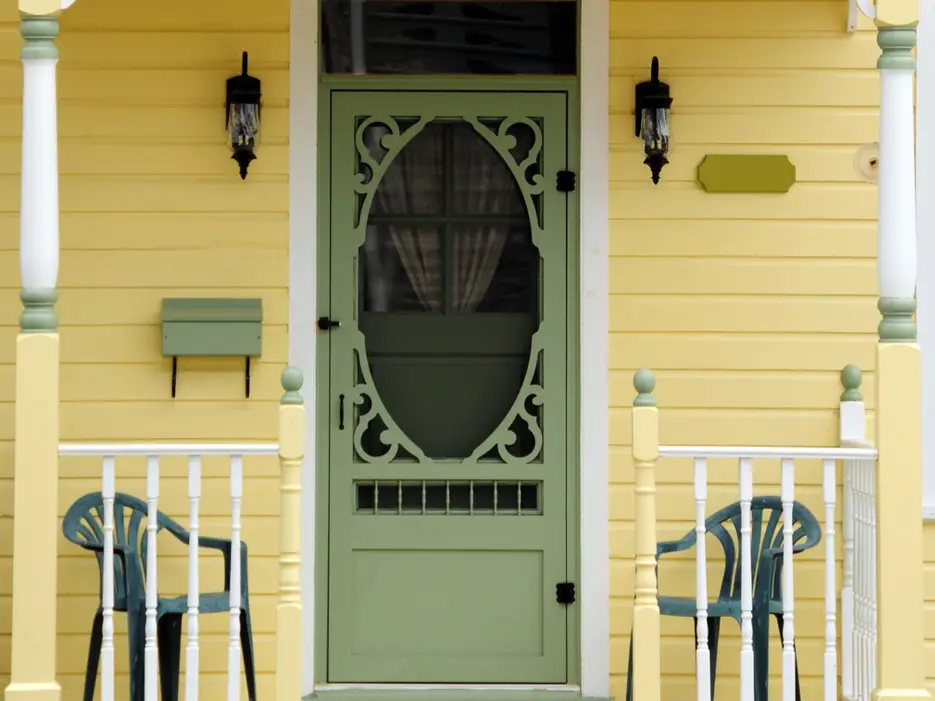
That distinctive spring-loaded thwack followed by the vibrating hum of thin metal against the doorframe wasn’t just a sound—it was summer’s official announcement system. It meant kids running in for a quick drink before dashing back to neighborhood games, or mom calling you in as streetlights flickered on across the block. The screen door never closed quietly, no matter how many times parents reminded you not to let it slam, becoming both the percussion of freedom and the timekeeper of childhood’s comings and goings.
Screen doors connected two worlds—the controlled environment of home and the wild adventure of outdoors—with nothing but a thin mesh barrier and that unmistakable sound. You could track neighborhood activity by the frequency of slams up and down the street, a morse code of summer activity that told you which friends were home and which yards were hosting today’s adventures. Now replaced by silent sliding glass and central air conditioning, that metallic punctuation mark has faded from our daily soundscape, taking with it a tactile connection to home that modern doors just can’t replicate.
7. The Rhythmic Clacking of Sprinklers
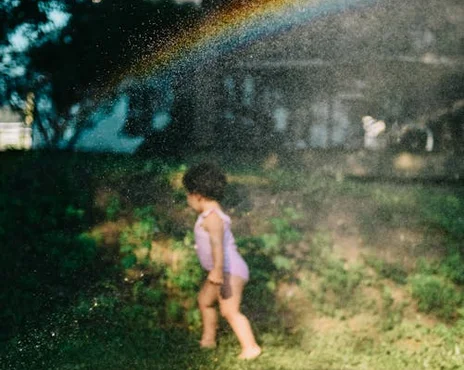
Long before automated irrigation systems, summer lawn care meant the hypnotic tick-tick-tick-whooosh of mechanical sprinklers measuring out water in predictable cycles. The sound created a metronomic backdrop to hot afternoons, often accompanied by the squeals of children daring each other to run through the spray. Each type had its distinctive voice—impulse sprinklers with their building pressure and release, oscillating models with their gentle swishing arc, rotary sprinklers with their steady clicking revolution.
Water conservation wasn’t the concern it is today, so sprinklers often ran for hours, their sounds blending into the background of neighborhood life until they became almost unnoticeable—except when they stopped. The sudden silence when a sprinkler completed its cycle could pull you from a daydream or signal it was time to move the device to a different section of lawn, maintaining that careful balance between water-starved brown patches and healthy green grass. Modern irrigation happens mostly underground or through micro-systems, silencing another sensory connection to the seasonal rhythms that once structured suburban soundscapes.
8. The Bell of the Ice Cream Truck

Before you could even see it rounding the corner, that tinkling melody floating through the neighborhood triggered an instant Pavlovian response—a scramble for change and the sprint to the curb. That musical announcement was childhood’s most thrilling sound, cutting through any activity and creating instant unity among kids who moments before might have been arguing over game rules or territory. No recorded music has ever matched the emotional impact of those simple, repetitive tunes playing from speakers mounted on white trucks.
The ice cream man’s arrival transformed ordinary afternoons into special occasions, his truck a mobile feast of popsicles, ice cream sandwiches, and those curious character bars with gumball eyes that never quite looked like their wrapper illustrations. Parents who normally monitored sugar intake might relent to this particular tradition, making the experience feel even more magical and rule-bending. While some neighborhoods still enjoy this rolling tradition, many children now grow up without ever experiencing that particular thrill of commerce and community combined—the sound that could empty playgrounds and fill streets with expectant children in seconds flat.
9. The Whirring Spin of a Rotary Phone Dial
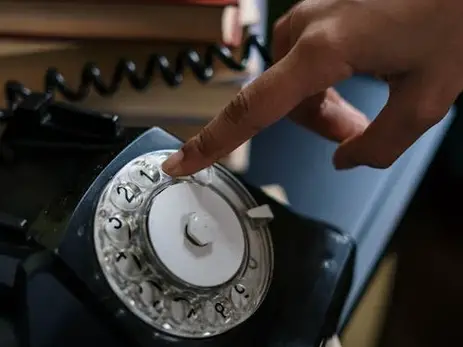
Each number required deliberate action—your finger inserted into the proper hole, pulling the dial around to the metal stop, then releasing it to spin back with that distinctive mechanical whirr. Phone calls weren’t casual affairs but intentional communications that required memorizing important numbers and physically engaging with each digit. The longer the number distance from zero, the longer that satisfying whirring sound lasted, creating a rhythmic, anticipatory drumroll before connection.
The rotary phone taught patience in communication—no speed dial, no redial button, just the methodical process repeated for each attempt. If you misdailed, you started completely over, listening to that clicking rotation reset your intentions with each number. Party lines meant sometimes overhearing neighbors’ conversations or waiting your turn to use the line, creating a communal aspect to private communications that’s unimaginable in today’s world of personal devices and instant messaging.
10. The Satisfying Ker-chunk of a Typewriter Carriage Return
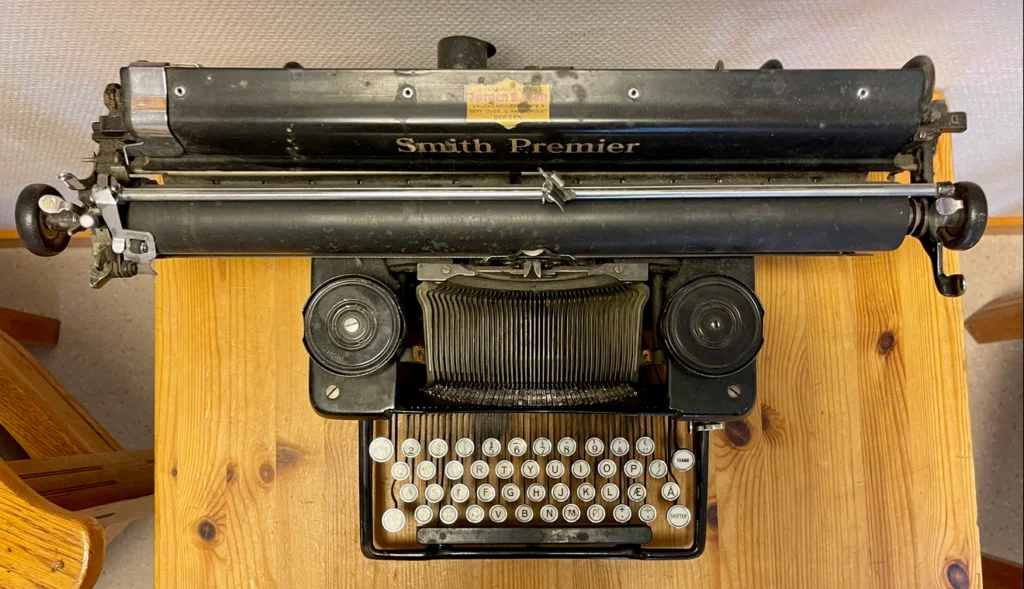
Before the silent efficiency of word processors and the tap of computer keyboards, writing made noise—the staccato keystrokes punctuated by that magnificent lever-pulled ker-chunk that physically moved your work forward one line at a time. Each page of homework, each letter, each story drafted came with its own percussive soundtrack, making the act of writing a physical and auditory experience. The bell that warned you were approaching the margin added urgency to your composition, forcing decisions about hyphenation or word choice before that satisfying carriage return.
Mistakes couldn’t be quietly deleted but announced themselves through the ratcheting sound of correction tape or the scrape of erasers, making editing a noisy, tactile process rather than silent keystrokes. High school typing classes filled rooms with synchronized clacking that teachers could assess by ear—too many pauses meant uncertainty, while flowing rhythm indicated mastery. Modern keyboards attempt to recreate this sensory experience with “mechanical” models that simulate clicking keys, but nothing recaptures that decisive ker-chunk that physically marked the completion of each line of thought.
11. The Distinctive Ringing of a Bicycle Bell
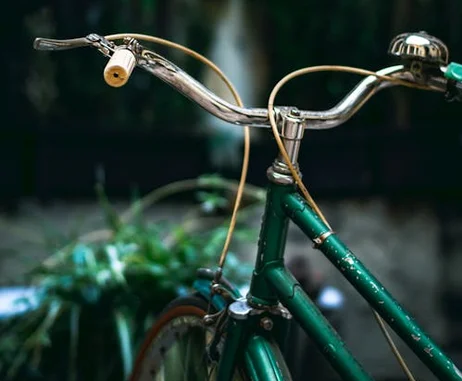
Before yelling “on your left” became standard practice, bicycle navigation relied on that bright, circular ding-ding that could part pedestrians on sidewalks and alert cars at intersections. The sound was both warning and announcement, communication and celebration, practical signal and joyful noise. Unlike horns or electronic beeps, the bicycle bell couldn’t sound angry—its cheerful tone somehow made moving aside feel like joining a mobile community rather than being inconvenienced.
Small fingers could produce this disproportionately effective sound with minimal pressure, giving children power over their environment that few other tools provided. Beyond practical uses, the bell became part of bicycle play itself—rhythm contests, signature ringing patterns to identify friends, or simply the pleasure of punctuating movement with sound as you rolled through quiet streets. Modern bikes often skip this simple communication device entirely, replaced by lights, reflectors, and electronic gadgets that prioritize safety through visibility rather than sound, silencing another distinctive note in childhood’s soundtrack.
12. The Sizzle of Bacon in a Cast Iron Skillet
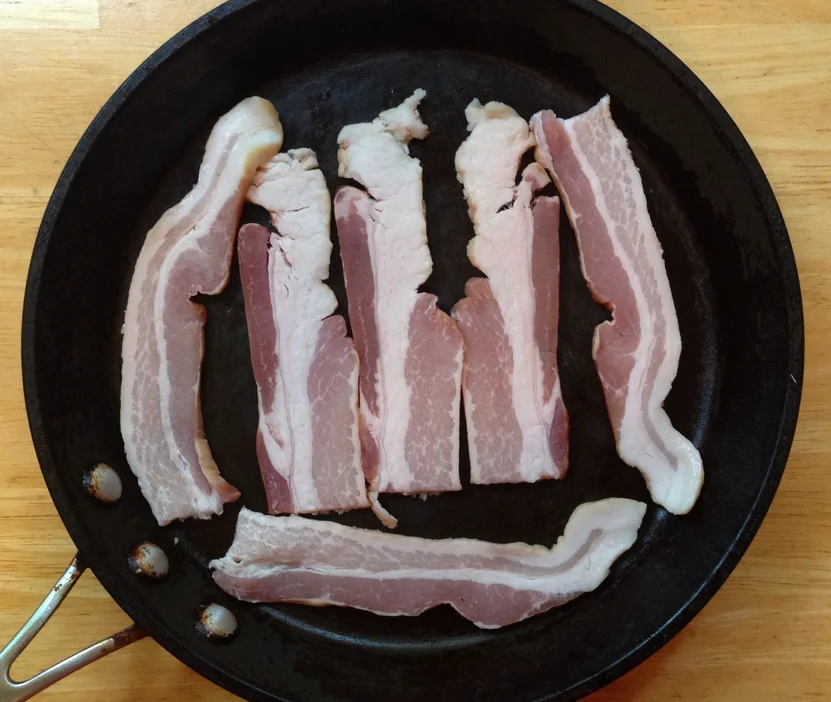
Weekend mornings announced themselves through olfactory and auditory channels simultaneously—that unmistakable crackling sizzle carried through the house better than any alarm clock could. The sound built gradually from gentle popping to full symphony as the pan heated and fat rendered, creating an anticipatory soundtrack that drew family members kitchenward without explicit invitation. Unlike modern microwave preparations, stovetop bacon created a ten-minute sensory experience before the first bite was taken.
Cast iron skillets transmitted sound differently than today’s non-stick cookware, their dense material amplifying the bacon’s performance with rich acoustic properties that connected cooking to all senses. Temperature adjustments changed the sonic quality immediately—too hot created frantic, alarming pops while perfect heat maintained steady, satisfying sizzles that experienced cooks could interpret without looking. This breakfast broadcast system has been largely silenced by convenience foods and quick preparation methods, disconnecting another sensory thread that once wove through family routines and weekend rituals.
13. The Snap and Flicker of the TV Dial
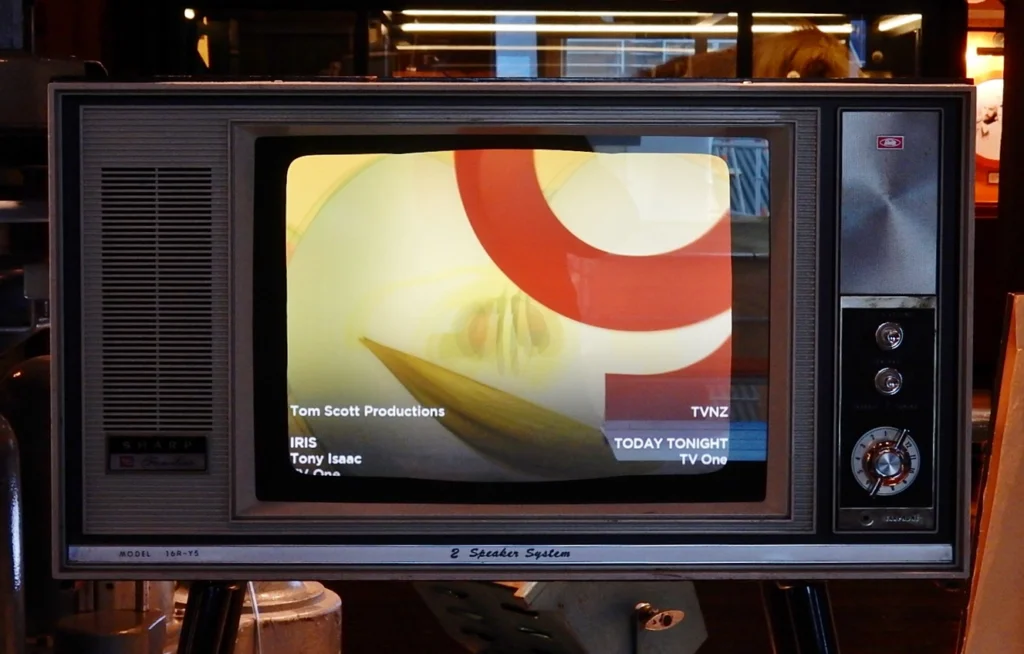
Before remote controls and silent digital switching, changing channels required physical interaction with a satisfying mechanical click as the dial turned from station to station. Each position had its definitive snap, and you could navigate by touch and sound in darkened living rooms, counting clicks to find favorite programs. The television itself announced its activation with an electrical hum and that distinctive flash of light that momentarily illuminated walls before pictures fully formed, creating a mini-event each time the set was turned on.
The limited channels meant everyone knew exactly what number carried which network, creating a universal navigation system across households and generations. When reception faltered, the sound of aluminum foil being adjusted on rabbit ear antennas joined the audioscape—crinkling metallic adjustments accompanied by family directions: “A little to the left… now hold it right there!” The physical connection to media selection has been replaced by silent scrolling through endless options, the mechanical feedback of television operation now as obsolete as the limited channel offerings themselves.
As we’ve traded these textured, mechanical sounds for the comparative silence and efficiency of digital life, something intangible has changed in our relationship with the physical world. The soundtrack of modern childhood contains fewer connections to how things actually work—the cause-and-effect relationship between action and sound that taught us about materials, mechanics, and effort. While today’s children will certainly develop their own nostalgia for the sounds currently shaping their experiences, there’s something special about that analog childhood soundscape that connected us directly to the physical properties of our world—no batteries, buffering, or bluetooth required.


